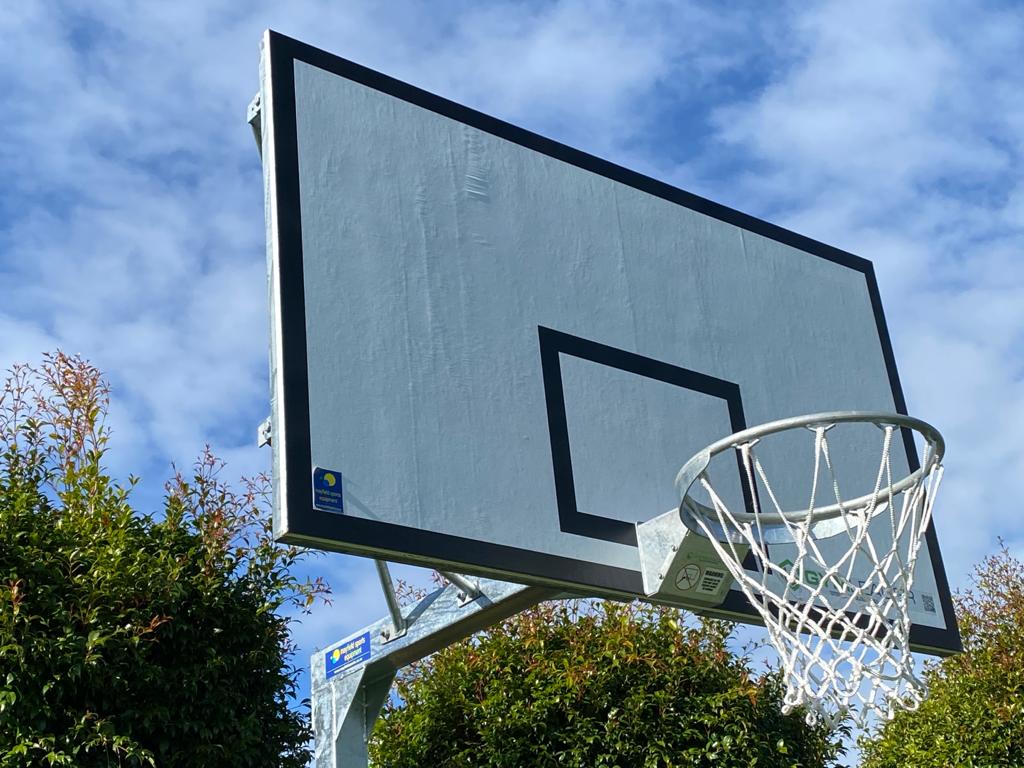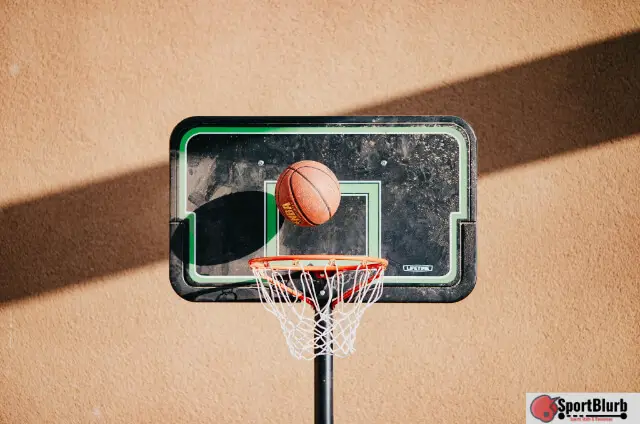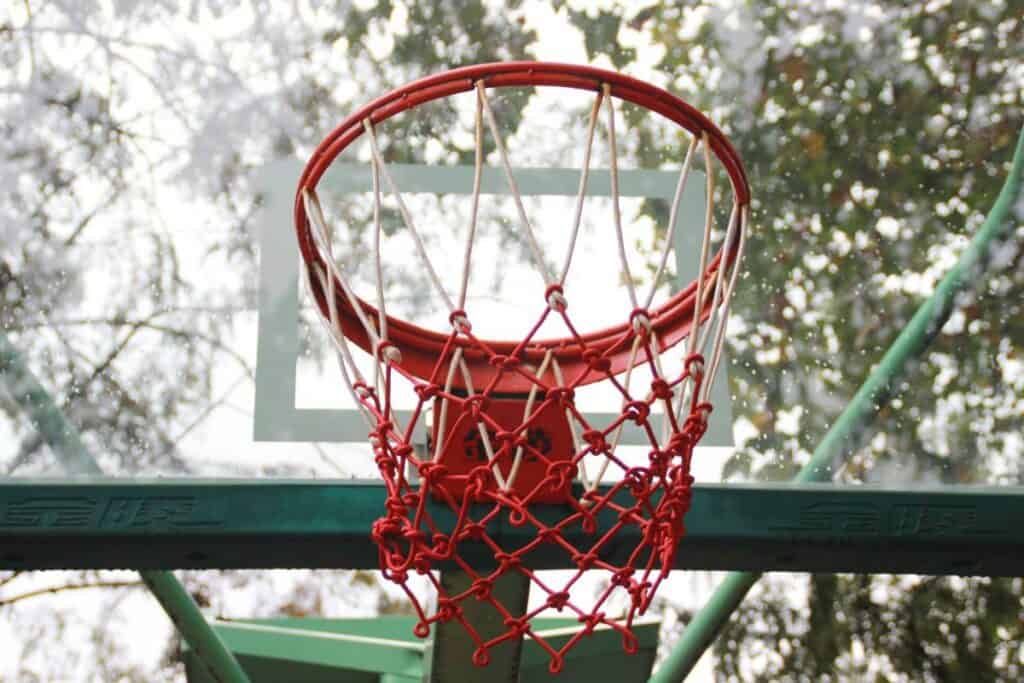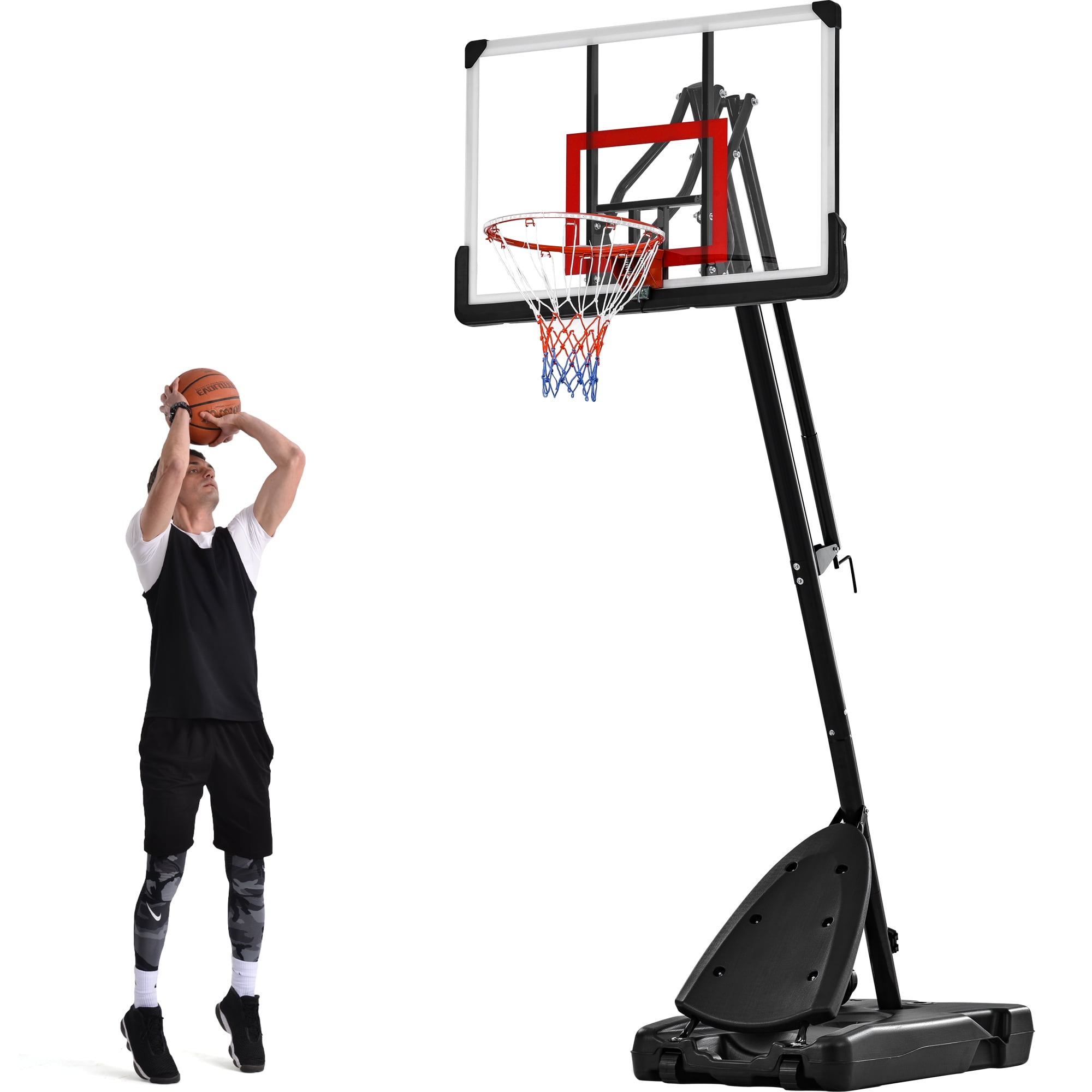Regulation Hoop : What it is
The Regulation Hoop: What It Is
Regulation basketball hoops are the standard equipment used in professional and amateur basketball games. They consist of a hoop, a backboard, and a net, all carefully crafted to provide players with the optimal playing experience. In this article, we will delve deeper into the world of regulation basketball hoops, exploring their specifications, heights, and construction details. So, whether you're an avid basketball player or just a curious fan, let's dive into the world of regulation hoops.The Basics of Regulation Basketball Hoops

At the heart of a regulation basketball hoop is the backboard. It is rectangular in shape and made of durable materials such as tempered glass, acrylic, or polycarbonate. The backboard's dimensions are precisely regulated, with a standard width of 72 inches and a height of 42 inches.
One of the most critical components of a regulation hoop is the hoop itself. The hoop is a solid metal ring with an inner diameter of 18 inches. It is typically made of steel and carefully mounted to the backboard to ensure stability and durability during intense gameplay.
Attached to the hoop is the net, which provides a satisfying swishing sound every time the ball goes through it. Nets are traditionally made of nylon and are designed to withstand the impact of the ball without getting tangled or torn easily.
Regulation Hoop Height: Perfecting the Game

The height of a regulation basketball hoop is a subject of much debate among players and fans. In the NBA and most professional leagues around the world, the regulation height is 10 feet (3.05 meters) from the ground to the top edge of the rim. This height is maintained throughout all levels of the game, from youth leagues to the highest professional echelons.
Why such a standardized height, you may ask? The 10-foot height is considered an ideal compromise that allows players of all sizes and skill levels to compete fairly. It demands a level of physicality and skill from players, while still providing a challenging target that can be realistically achieved.
While the 10-foot height is a universal standard, it is worth noting that some variations exist for younger players. In youth basketball leagues, lower height settings, such as 8 or 9 feet, are often used to accommodate the height limitations of young athletes. This adjustment allows them to develop their skills gradually while still experiencing the essence of the game. As players progress to higher levels, they gradually transition to the regulation 10-foot height.
The Science Behind Regulation Hoops
Creating a regulation basketball hoop is no simple task. The dimensions and materials used in manufacturing these hoops are carefully chosen to ensure fairness, durability, and safety on the court. Let's take a closer look at the science behind regulation hoops.
1. Backboard Materials for Optimum Performance
The choice of material for the backboard is crucial. In professional settings, tempered glass is the preferred material due to its transparency and authentic bounce properties. It offers excellent clarity, allowing fans to see the action clearly, while also providing the perfect amount of rebound for the ball. However, tempered glass can be quite costly and may not be suitable for all environments.
As an alternative, polycarbonate and acrylic backboards are widely used in recreational facilities and outdoor courts. Both materials are lightweight, cost-effective, and durable, making them suitable for various playing conditions. While they may not provide the same level of rebound as tempered glass, they still offer a satisfactory playing experience for non-professional games.
2. Hanging Tough: The Importance of Rim Design
The rim is where all the action happens. Paying attention to its construction and design is paramount for smooth gameplay. The standard rim used in regulation hoops is called the "breakaway rim." As the name suggests, this type of rim can bend or flex when subjected to force, preventing damage to the backboard or injury to players.
To achieve this flexibility, the breakaway rim is attached to the backboard using a spring-loaded mechanism. When players dunk the ball or apply excessive force, the rim gives way, reducing the risk of shattering the backboard or causing players harm. It's a game-changing invention that has revolutionized basketball and minimized potential injuries during aggressive play.
Why Regulation Hoops Matter
Some may wonder why meticulously following regulations when it comes to basketball hoops is so essential. The answer lies in the fairness, professionalism, and consistency they provide to the game.
When players step onto a basketball court, regardless of its location or level of play, they expect a certain standard. By adhering to regulations, players can trust that the equipment they're using is up to par, ensuring a level playing field for everyone involved. This consistency is critical for players to develop their skills, compete fairly, and enjoy the sport.
FAQs About Regulation Hoops
1. Can I adjust the height of a regulation basketball hoop?
No, regulation basketball hoops have a fixed height of 10 feet. However, for recreational purposes or younger players, there are height-adjustable models on the market that allow you to lower the rim to various heights.
2. Are there different rim sizes for different levels of play?
No, the rim size remains constant across all levels of play. It has an inner diameter of 18 inches and is mounted 10 feet above the playing surface.
3. Can I use a regulation basketball hoop for dunking?
Yes, regulation basketball hoops are designed to withstand dunking and vigorous play. The breakaway rim, in particular, ensures the hoop's stability during powerful slam dunks.
In conclusion, regulation basketball hoops are the epitome of consistency and fairness in the game of basketball. From the meticulously engineered backboard to the flexible breakaway rim, these hoops provide players with the ideal playing experience. Whether you're a professional athlete or a casual enthusiast, understanding the fundamentals of regulation hoops gives insight into the sport's integrity and allows you to appreciate the skill and precision involved. So, next time you step onto a basketball court, take a moment to admire the regulation hoop and the beauty it brings to the game.
You may also like:
- The Evolution of Basketball Hoops
- The Influence of Regulation Hoops on Athlete Performance
- The Importance of Regular Basketball Hoop Maintenance
Disclaimer
The information provided in this article is for general informational purposes only. The images used are for illustrative purposes and may not be an exact representation of regulation basketball hoops. Always refer to the specific rules and regulations set by sporting authorities or league organizers for accurate information.
How Tall Is A Basketball Hoop For Middle School? (Find Out The
 Image Source : sportblurb.com
Image Source : sportblurb.com How High Is An NBA Basketball Hoop? | Hoops Addict
 Image Source : www.hoopsaddict.com
Image Source : www.hoopsaddict.com hoop regulation
Regulation Basketball Hoop Height
 Image Source : regulationlatest.blogspot.com
Image Source : regulationlatest.blogspot.com regulation rim hoop raise boosting fundamentals increase
How Tall Is A Basketball Hoop? (NBA, College, Youth) - Coaching Kidz
 Image Source : coachingkidz.com
Image Source : coachingkidz.com hoop nba varese dopo sconfitta metis newton pallacanestro brindisi brutta coachingkidz
Pool Basketball Hoop - Regulation Clear Hoop - Deck Mounted Pool
 Image Source : dunnriteproducts.com
Image Source : dunnriteproducts.com Regulation Basketball Backboard & Hoop - Mayfield Sports For Tennis
 Image Source : www.mayfieldsports.co.nz
Image Source : www.mayfieldsports.co.nz basketball backboard regulation hoop size
Basketball Portable Boards WQ Pro Court Portable Height Adjustable
 Image Source : www.fujii-gumi.co.jp
Image Source : www.fujii-gumi.co.jp Pool Basketball Hoop - Regulation Clear Hoop - Deck Mounted Pool
 Image Source : dunnriteproducts.com
Image Source : dunnriteproducts.com Basketball portable boards wq pro court portable height adjustable. Regulation basketball backboard & hoop. Pool basketball hoop. Pool basketball hoop. How tall is a basketball hoop? (nba, college, youth)